Good stuff there 
Just got a nice piece of Pyrite I'll take pics tomorrow and show pics of the Amber I got
Just got a nice piece of Pyrite I'll take pics tomorrow and show pics of the Amber I got
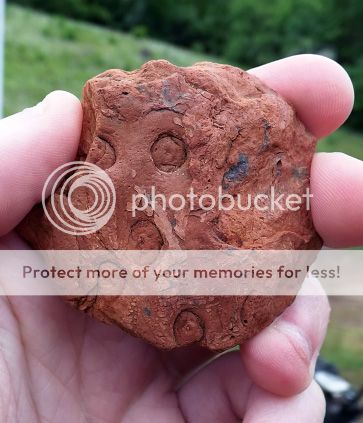
I find many fossils and things while bone hunting with my dogs when hunting season is over! About the neatest thing I found was this Spinosaurus tooth. I sent it to get graded, its a young Spino and would have been near the rear of the mouth. Its about 2.5-3"


Pics would still be blurry if I did use Natural Light though
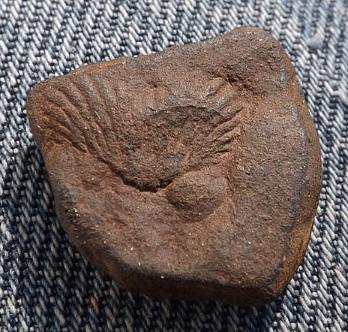
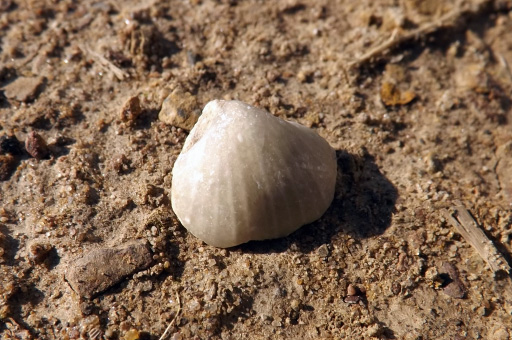
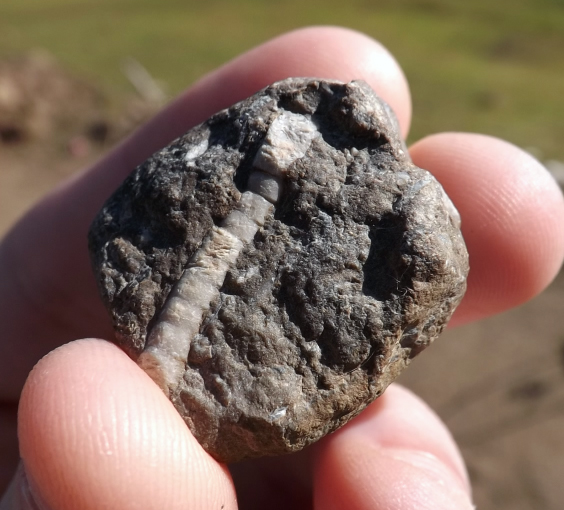
What kind of device are you using to take your pics? Almost any camera will produce dark, grainy, blurry photos in indoor lighting, but even low-quality cameras can do a pretty good job with natural light. It's best if you take your items outside so natural light will surround them, but sometimes taking the item to your uncovered window on a bright day works.
- - -
Not much new since my last post, but I did find this brachiopod fossil by the creek. Unlike most of my brachiopods, this one isn't preserved in limestone (Mississippian-age), leading me to believe that this one may be more local than the others (Pennsylvanian-age). There's another small lump next to it that may be another, smaller brachiopod.

I also found a small patch of gravel by the garage that had never caught my eye before. Unlike the gravel in my driveway, these were brought in before I moved here and are generally darker in color. There I found this brachiopod and a cool crinoid stalk (my most in-tact crinoid fossil yet). (Crinoids, or sea lilies, are starfish-related animals that Lileep and Cradily are based on.)


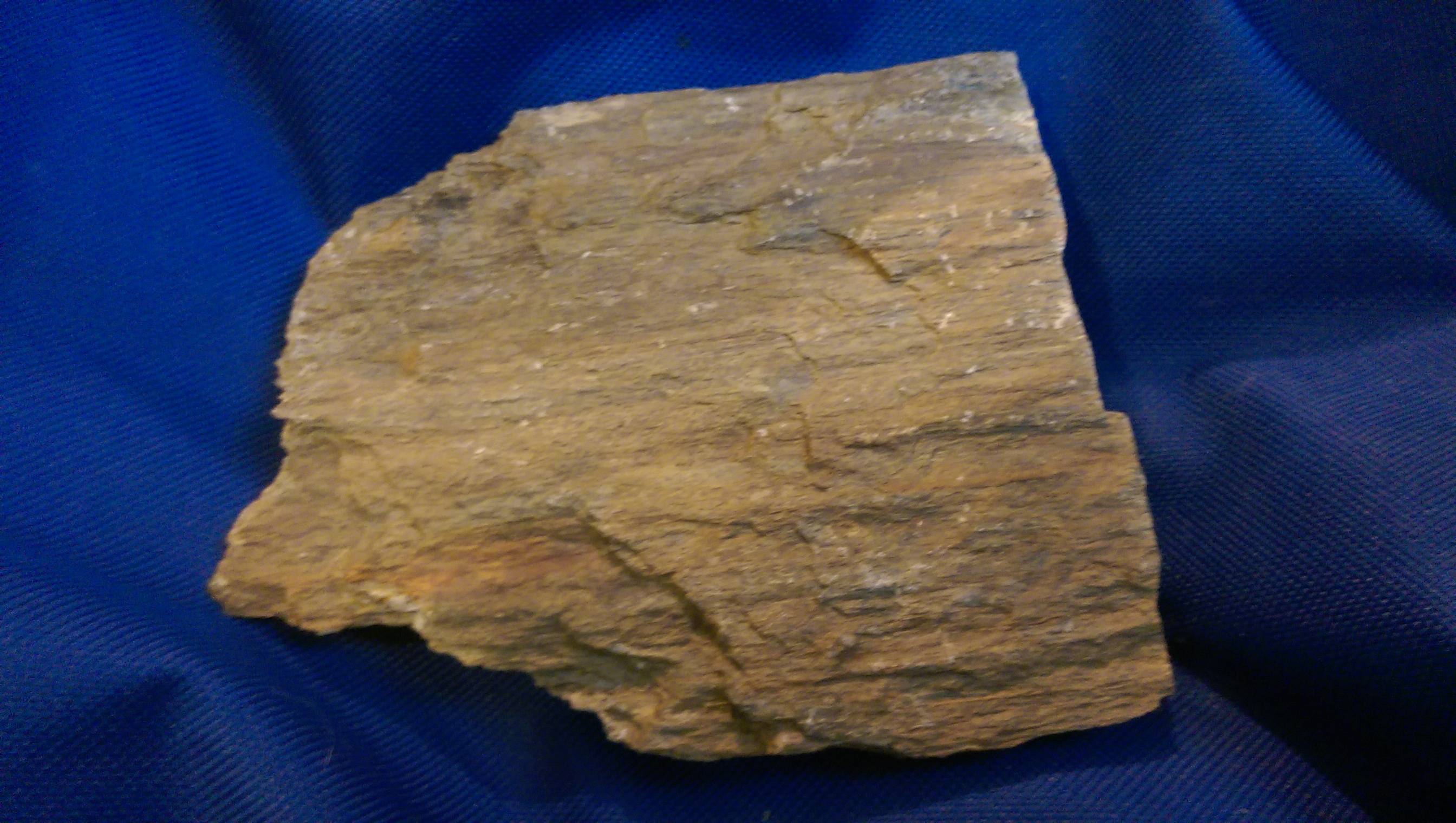
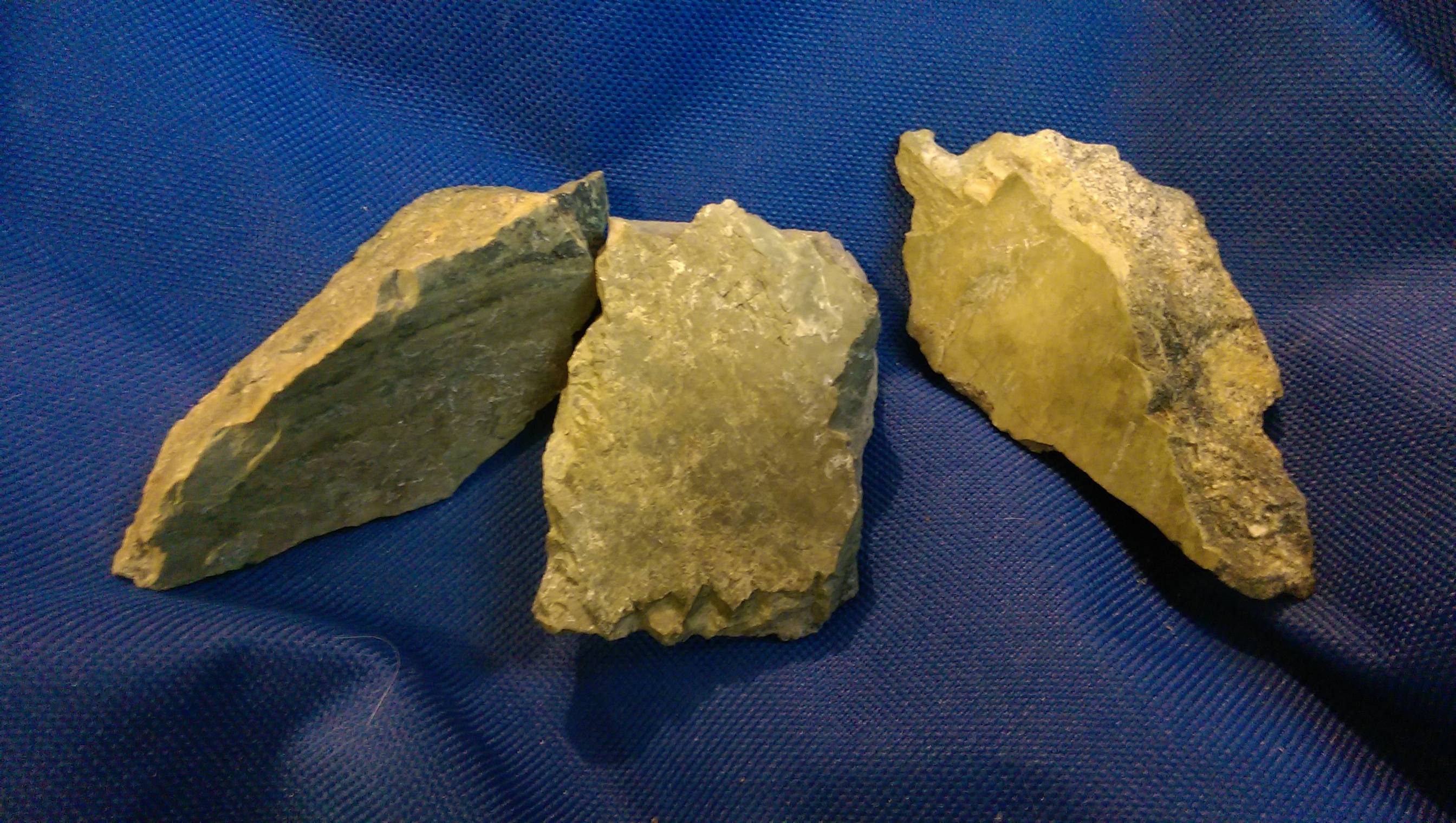
Thanks.
3MP is still much better than the 3DS camera (only 0.3MP), which can still take somewhat-decent photos in proper lighting. Here's an example of a close-up taken with a 3MP camera with natural lighting:I use my phone but it only has 3 megapixelsmost good cameras have 9 i think.

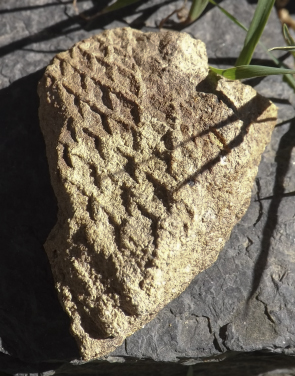
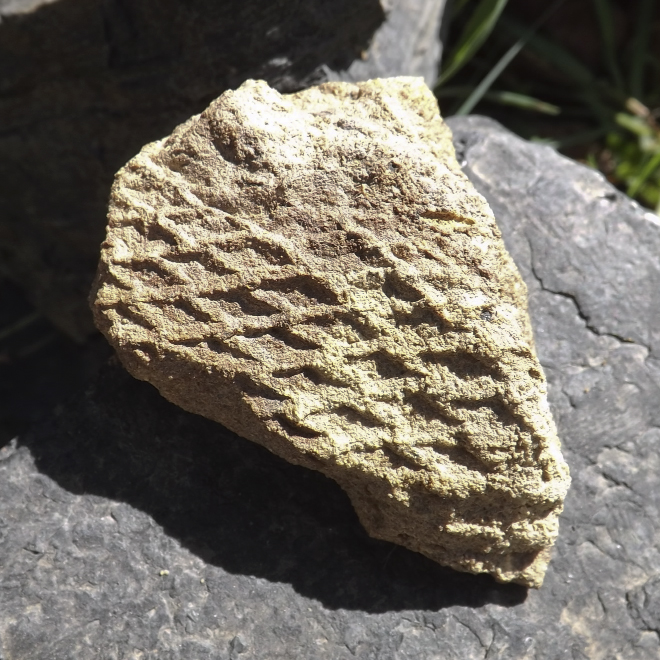
I don't think it's busted, it's just having trouble focusing. I can see the stuff behind your subjects well enough. You might have to back off just slightly or try putting your finger in front of the subject right before taking the picture to readjust the focus to the front. You might need to avoid using any zoom features as well.Well my camera must be busted then every time i try to get that close with it in any light its blurry...
Any idea what this is? My dad says rough Citrine.
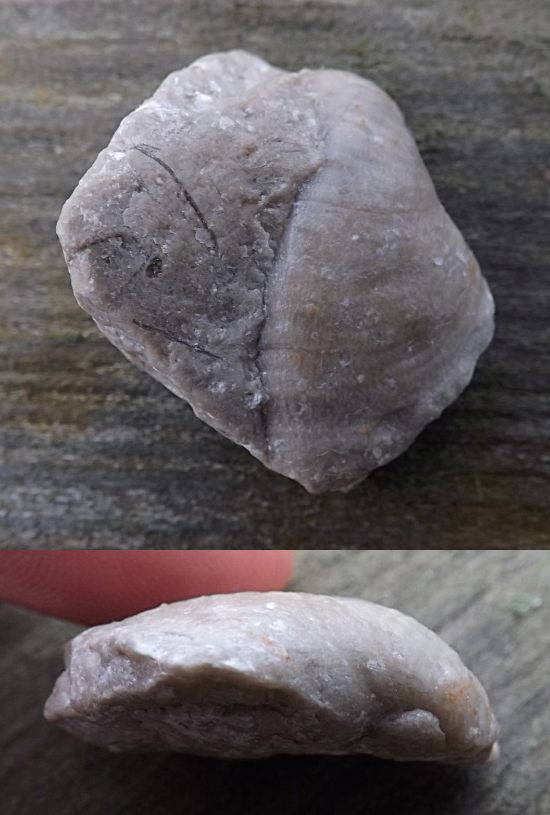
Maybe this site will help? http://www.mineralogy4kids.org/mineral-identification

